Essential Oils and Kid Safety: Everything You Need To Know

We all want to give our kids the very best of everything and aromatherapy is a great, natural helper for kids’ everyday needs. From helping to calm chaotic emotions and promote a better sleep environment to soothing an upset tummy, essential oils are helpful in a number of ways and can be a parent’s best friend.
But how can you be sure you’re using oils safely and effectively with your little one? To help guide you with using essential oils for children, we’ve compiled a list of top safety tips every parent should know. Read on to learn more.
Essential Oil Safety Tips For Your Child
Before we dive in, let’s put into perspective the high concentration and power of essential oils and their phytochemicals[1]. To understand just how potent and concentrated essential oils are, here are a few examples of how much plant material goes into making various essential oils.
- 30 lbs of plant material is used to produce 15 ml of Lavender oil
- Approximately 90 lemons produce 1 oz of Lemon essential oil
- A single drop of Rose essential oil is approximately equivalent to 30 rose petals
To help you use essential oils effectively with your family, here are some safety tips:
- Keep essential oils stored out of reach of children
- Don’t use essential oils in nebulizers or humidifiers
- Don’t add essential oils directly to a bath – oil and water don’t mix and the undiluted oils may irritate the skin
- Avoid putting essential oils in the eyes and mucus membranes
- Never ingest oils unless under the care of a trained professional
- Note, some essential oils are phototoxic and should not be used topically if you will be exposed to sunlight or UV rays
- Always dilute essential oils prior to topical use
- Store essential oils away from the sun in a cool, dark place and keep them away from flames
- Essential oils have a shelf life. Some last longer than others such as Patchouli and some only last a few years, think Citrus and Pine oils - oils high in monoterpenes. Once oxidized they can cause adverse skin reactions. At which point, they can be used in cleaning products rather than in a diffuser or on the skin
At What Age Are Essential Oils Safe?
According to the National Association of Holistic Aromatherapy (NAHA):
“Infants, toddlers, and young children are more sensitive to the potency of essential oils and safe dilutions generally range from 0.5 - 2.5% depending on the condition. Certain essential oils should either be avoided, used in highly diluted form under the guidance of a knowledgeable professional, or included as a minor percentage in a professionally-formulated essential oil blend. For example, special caution should be exercised with potentially toxic essential oils such as Birch and Wintergreen which are both high in methyl salicylate, Eucalyptus which is high in 1,8 cineole and Peppermint which is high in menthol.”[2]
Keep in mind that babies and young children are small, very sensitive creatures with delicate, developing systems. Essential oils have been shown to cause harm to a baby’s skin by degrading the lipid barrier in the skin.[6]
The potency of essential oils should always be at the forefront of our thoughts when using them.
Here are a few guiding principles to keep in mind when it comes to using essential oils safely with children. Note, for babies and toddlers under the age of 2, we recommend being extra cautious due to their heightened sensitivity:
- Avoid using oils near or around babies under 3 months old
- For children under the age of 2, we recommend using hydrosols in place of essential oils. However, if you do decide to use a room diffuser, use only one drop of essential oil and turn it off when the child is present[5]
- Please avoid using essential oils as a teething reliever, such as Clove Oil. While some websites have recommended this usage, Clove is a hot and potent oil that has been considered too strong for most adults let alone small children. Instead, try freezing a clean cloth soaked in a hydrosol or tea such as Chamomile- German and allow your baby to chew on it for natural relief.
- For diaper rash, apply a small amount of natural carrier oil to the irritated area, such as Jojoba or Tamanu oil. Note, Fractionated Coconut oil is not recommended to be used on diaper rash
The following essential oils should be avoided by children under the age of 10:
- Birch
- Wintergreen
- Sage
- Hyssop
- Chaste Tree
Eucalyptus- Globulus and Peppermint oil should be used with caution around children under 10. If a child has asthma, allow your child to smell this oil and observe any reaction before using it profusely. For children over the age of 5, we recommend a gentler Eucalyptus oil variety such as Eucalyptus- Dives or Eucalyptus- Lemon.
For children ages 2-5, the following oils are great choices to help support your child’s wellness. We recommend diffusing these oils alone or in a blend:
- Cedarwood
- Geranium
- Ginger
- Lavender
- Frankincense
- Chamomile- Roman
- Sweet Marjoram
- Orange- Sweet
- Tea Tree
- Thyme ct. Linalool
While we prefer to err on the side of caution, some may choose a more liberal or conservative approach in using essential oils with children.
To help give you a balanced view, here’s what other aromatherapists have to say when it comes to essential oil safety and your child.
- Aromatherapist, Andrea Butje of Aromahead Institute does not recommend the use of essential oils on children under the age of 5 due to their systems being sensitive. Instead, she recommends the use of hydrosols, carrier oils and butters to aid their daily needs.[2]
- Aromatherapist, Hana Tisserand states that diffusing and applying a .5% dilution of cineole-rich oils, such as Eucalyptus, with children under 3 years old is permissible. Regarding Peppermint, she recommends avoiding diffusion with children under 3 and states that diffusion and a .5% dilution for topical use are safe for children 3-6 years old.[3]
- For topical applications when needed, Robert Tisserand recommends a .1% dilution for babies up to three months old and .25% for babies 3-24 months old.[4]
- Formulator and aromatherapist, Lauren Bridges notes that topical essential oil preparations for children do not always need to be diluted to 1% (as is often recommended) if this dilution is not helping the child. She also notes that Eucalyptus can be used with children.
Can I Diffuse Essential Oils Around My Baby?
When it comes to diffusing essential oils and your baby, there are a few things to keep in mind.
There have been circumstances where diffusers are run during the day in schools by teachers without realizing that some young children can have adverse reactions to the constant intake of essential oil particles in the air. And due to a baby's heightened sensitivities, we don’t suggest diffusing in a room if they are present.
If you’d like to diffuse around children between the ages of 2-5 we recommend diffusing essential oils marked “OK For Kids” for 10 - 20 minute intervals. Alternatively, give your child an essential oil inhaler filled with a gentle oil such as Lavender oil, Cedarwood, Frankincense, Geranium- Rose, Orange- Sweet, Chamomile- Roman or Tea Tree.
How Can Essential Oils Help Children?
Aromatherapy can be an excellent vehicle to help calm stress, reduce nausea, ease discomfort and pain as well as promote healthy sleep in children over 2 years old – and a little goes a long way.
Here are a few easy everyday ways to use essential oils with your child:
- Chamomile- Roman, Lavender and Orange- Sweet essential oils can be soothing, reassuring and sleep-inducing. Create a topical blend that you can apply to your child’s wrists and feet at night by combining 2 drops of each of these oils in 1 oz of a carrier oil.
- To calm a child who has a lot of energy, add grounding oils of Cedarwood and Frankincense to a passive diffuser such as the Bloom Ceramic Diffuser.
- To assist nausea, have the child inhale one drop of Lemon or Ginger essential oil on a tissue or in an essential oil inhaler.
- For cuts and pain, a Lavender spray can work wonders on a skin wound not only to reduce pain but to promote healing. In a glass spray bottle, combine 12 drops of Lavender, 1 tablespoon of grain alcohol and 3 tablespoons of distilled water. Shake to combine.
- Chamomile- Roman is great as a fever aid when used as a cooling skin compress placed on the head, under the arms and back of the neck.
Still have questions? Reach out to our team of aromatherapists or to a trained and Certified Aromatherapist in your area.
SOURCES:
- How Many Pounds Of Material Does It Take To Make Essential Oils https://www.enchantedaromatics.com/how-many-pounds-does-it-take-to-make-essential-oils/
- Safety Information. https://naha.org/explore-aromatherapy/safety/
- Are Essential Oils Safe for Kids? https://www.nytimes.com/2020/04/18/parenting/baby/essential-oils-babies-kids.html
- Recommended dilutions for children. https://tisserandinstitute.org/learn-more/recommended-dilutions-for-children/
- https://www.webmd.com/baby/is-it-safe-to-use-essential-oil-in-babies#:~:text=Since%20a%20baby's%20sinuses%2C%20lungs,using%20the%20full%2Dstrength%20versions
- Is it Safe to Use Essential Oils in Babies? https://www.webmd.com/baby/is-it-safe-to-use-essential-oil-in-babies
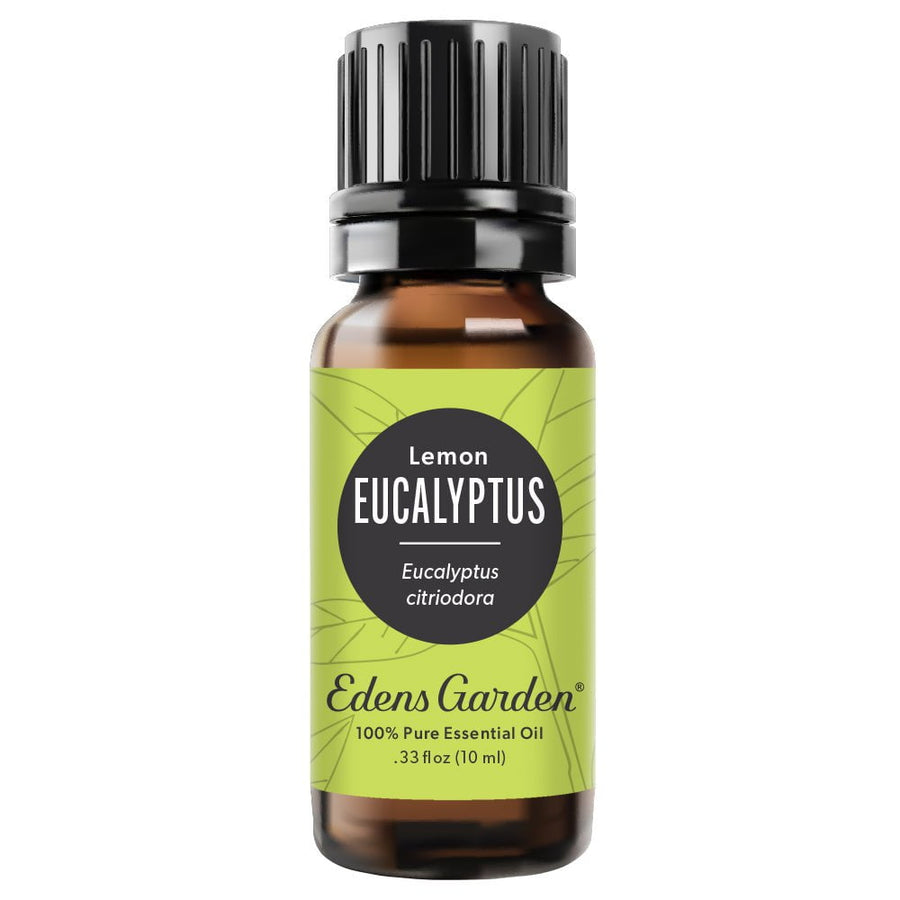
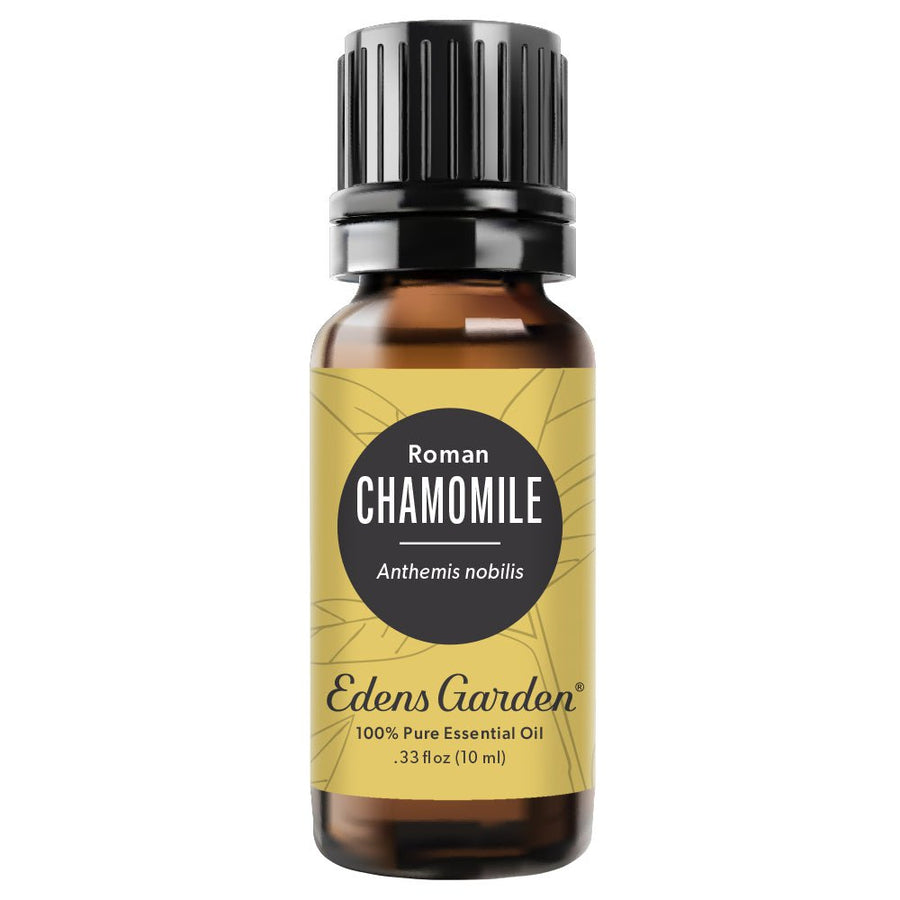
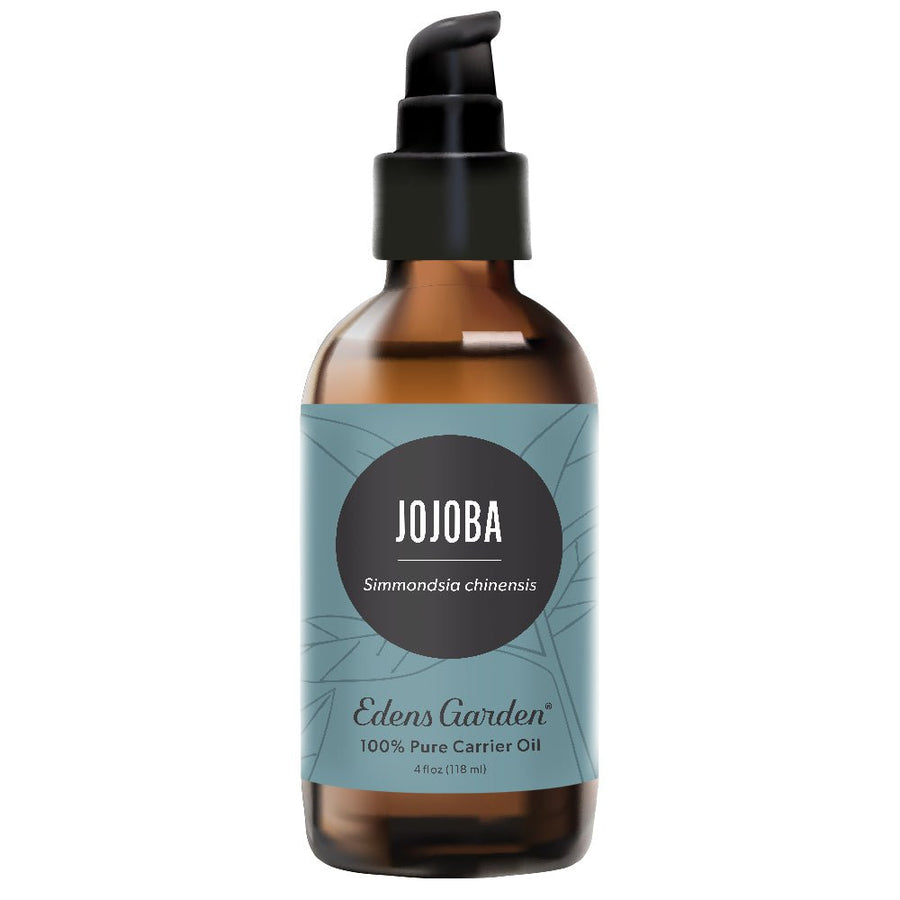
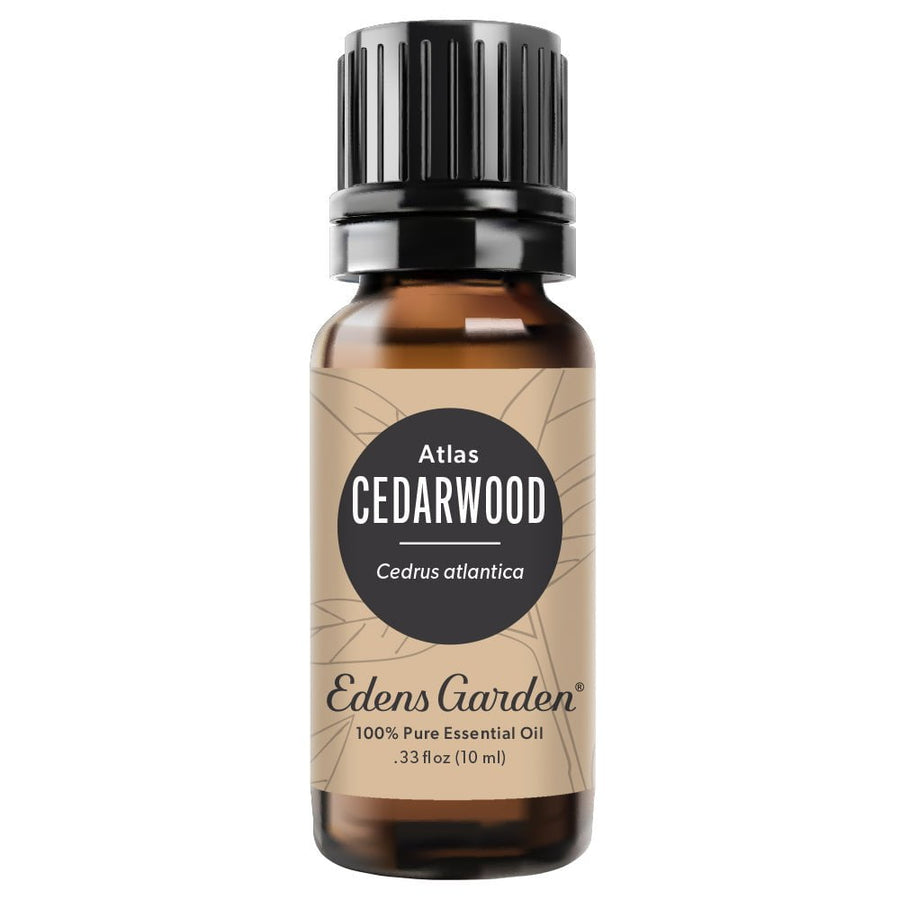
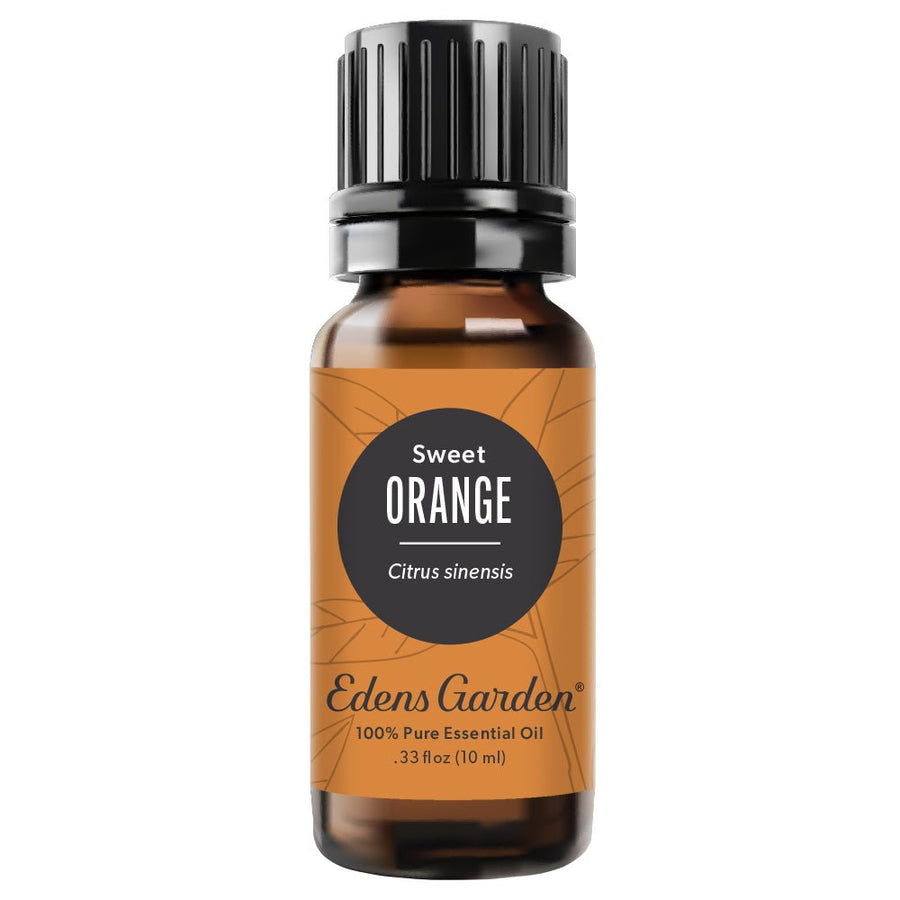
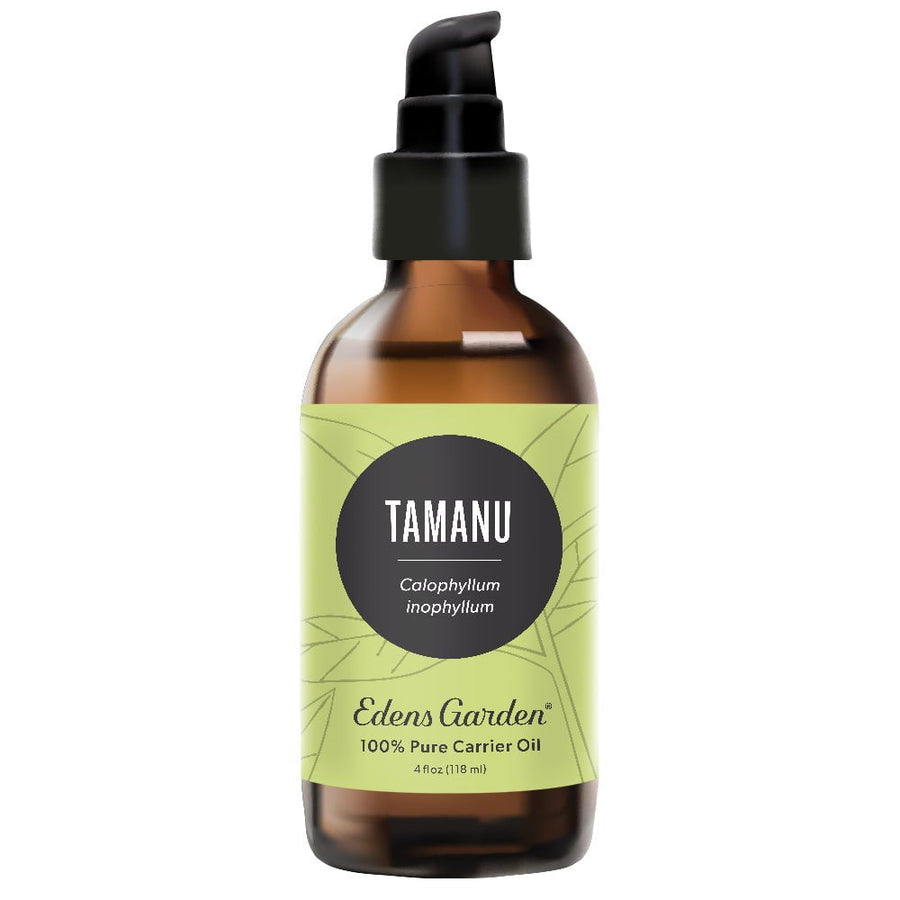

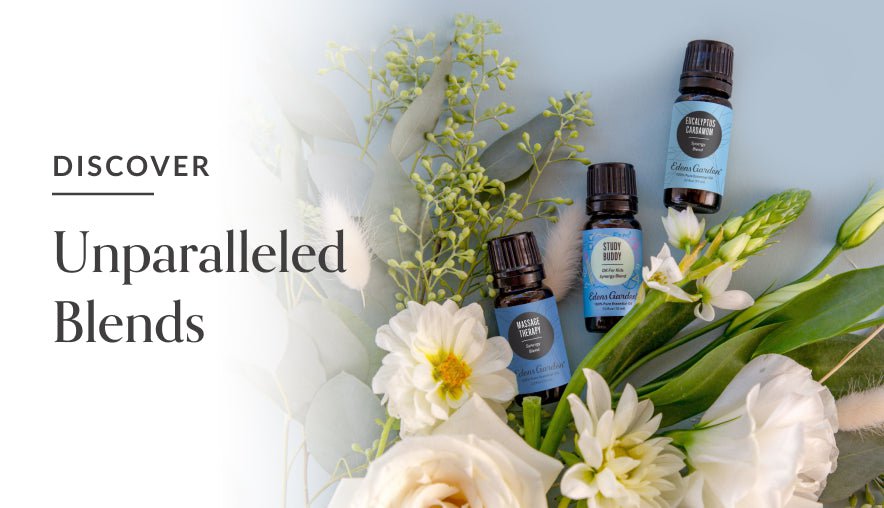
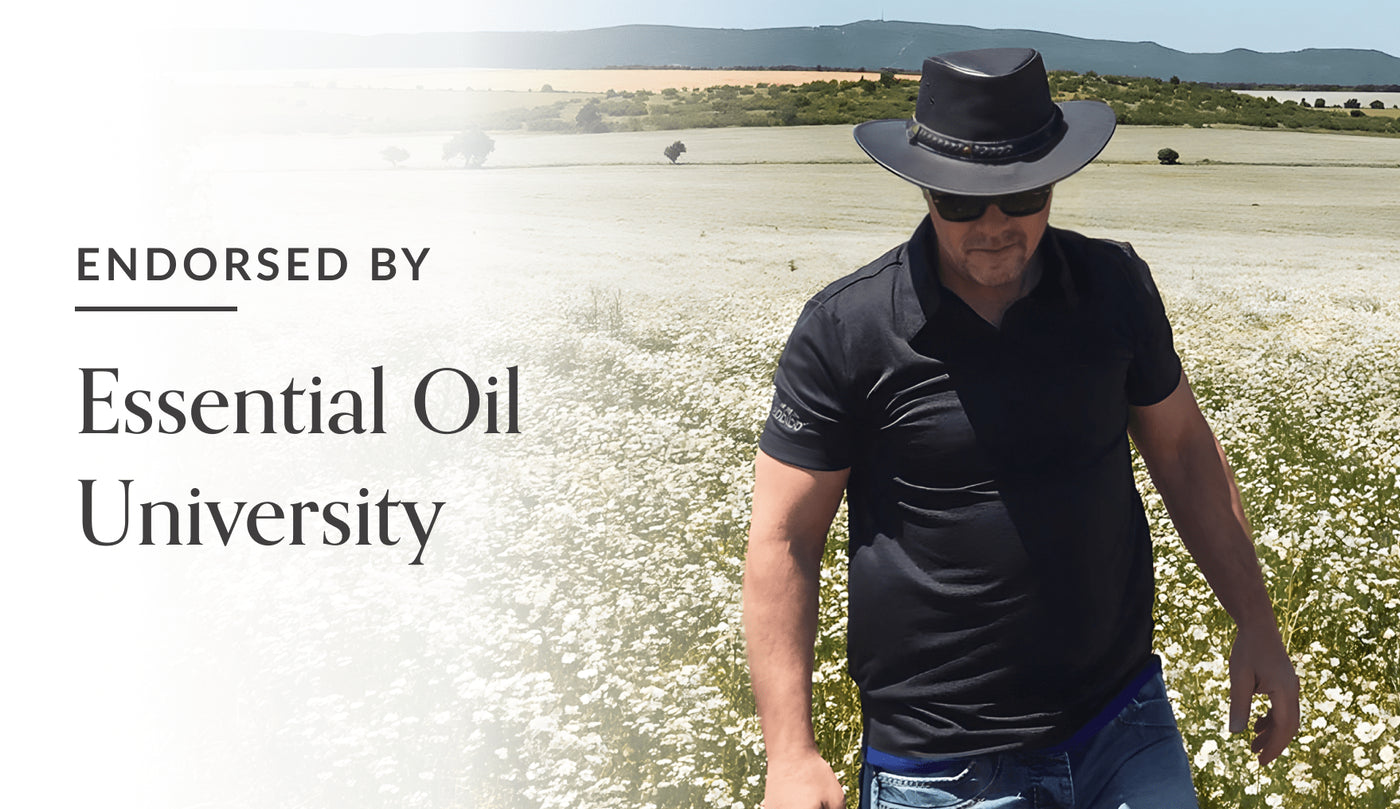
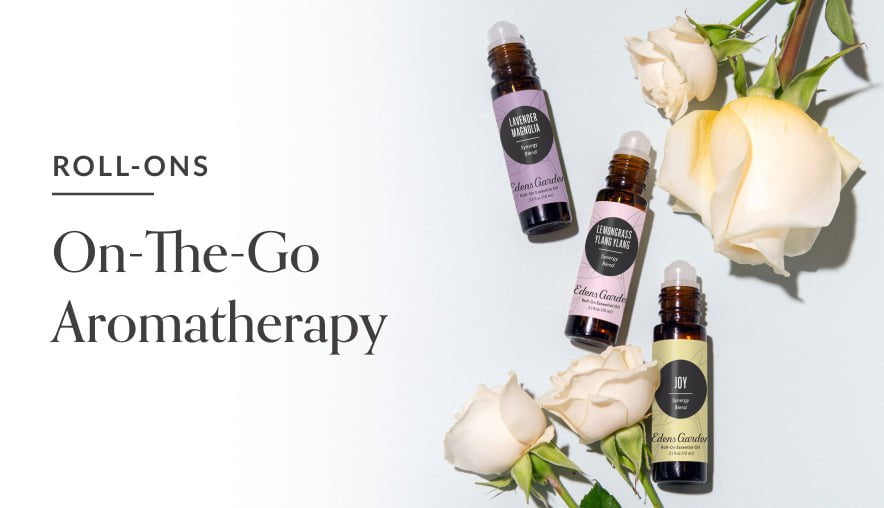
Leave a comment (Comments will be approved before showing up)